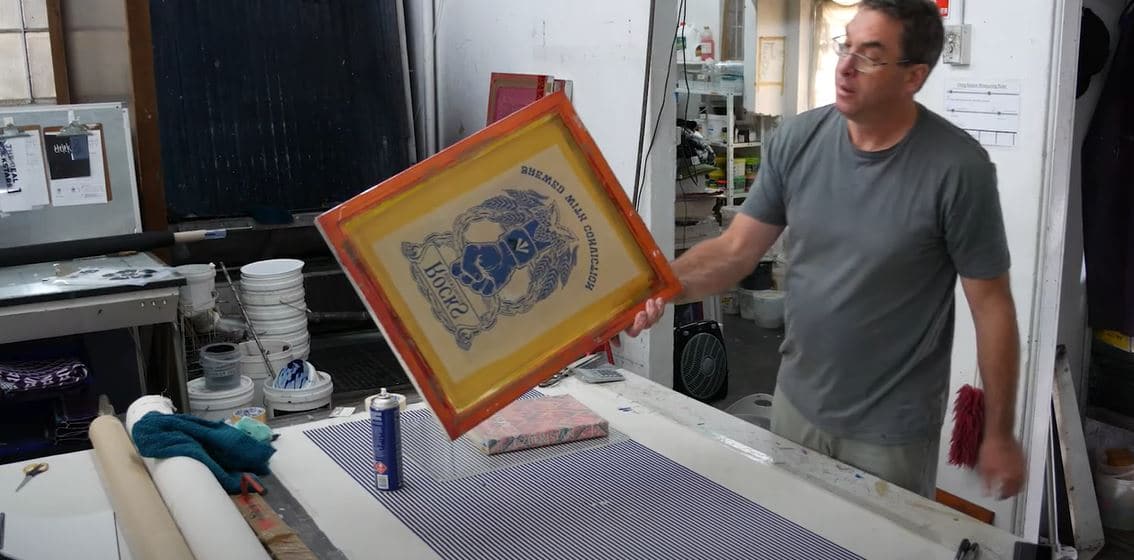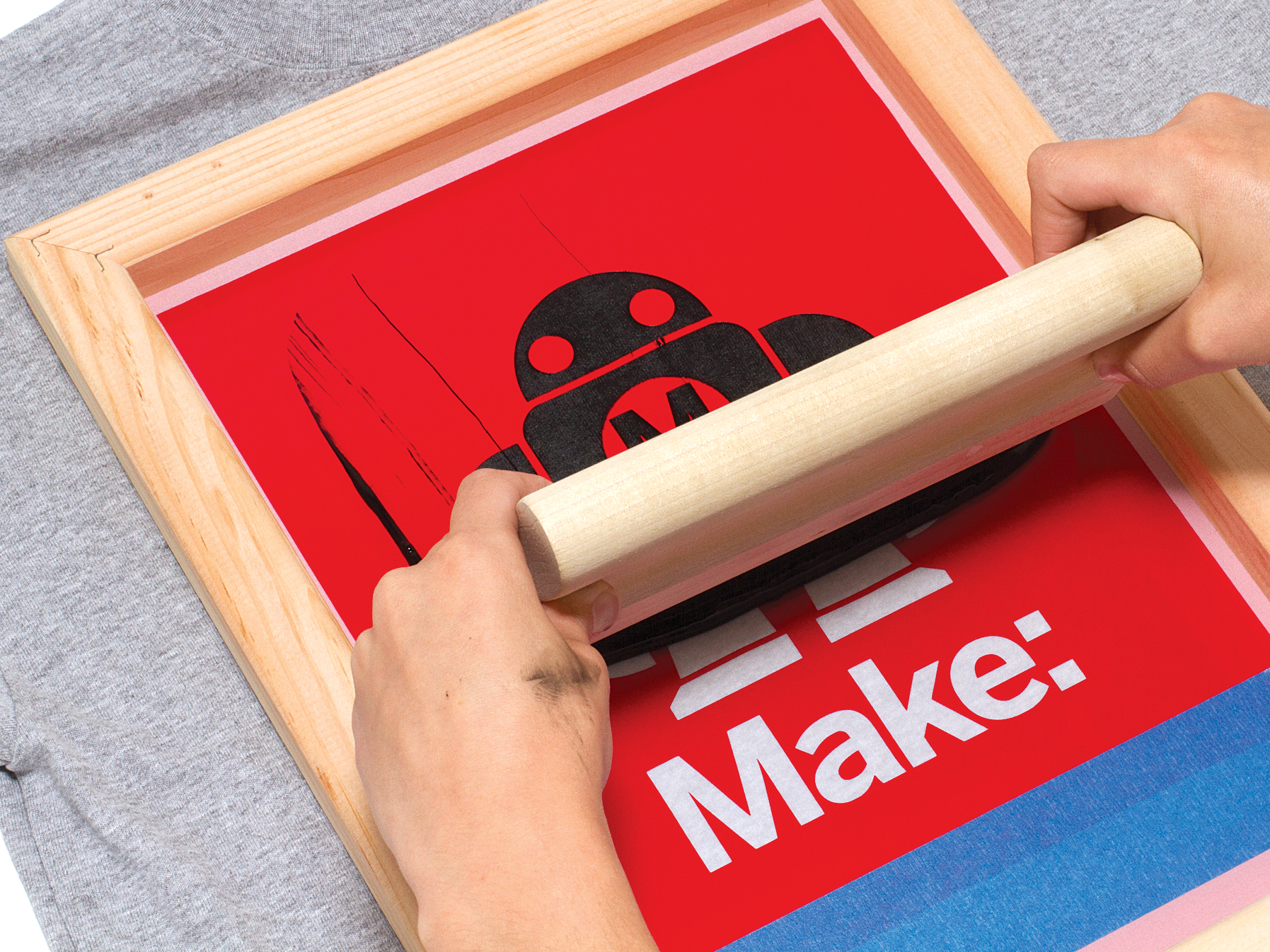The Necessary Overview to Recognizing Screen Printing and Its Versatile Makes use of
Screen printing has an abundant history that dates back to ancient times, developing into a sophisticated technique used throughout numerous sectors today. This overview checks out the ins and outs of the screen printing process, outlining its applications in fashion, marketing, and home decoration - 10:9 Design LLC Company. Understanding these principles can open creative potential for both imaginative and industrial tasks. The adhering to areas will disclose necessary suggestions and strategies to enhance one's screen printing ventures
The Background of Screen Printing
Screen printing has origins that trace back centuries, its development reflects the technological and creative advancements of numerous societies. Coming from in ancient China, the technique was at first made use of for decorating fabrics and later spread to Japan, where it ended up being indispensable to Ukiyo-e woodblock printing. The approach moved to Europe in the 18th century, where it got appeal among artisans and business printers. The creation of image emulsion in the 20th century reinvented screen printing, permitting more complex designs and better performance. Artists like Andy Warhol even more drove its popularity, utilizing the medium to create renowned works that combined commercialism and art. By the late 20th century, screen printing had established itself as a flexible strategy, used in vogue, marketing, and great art. Today, it proceeds to progress, incorporating electronic modern technology and expanding its applications across various markets.
The Screen Printing Process Explained
Screen printing transforms creative visions into concrete styles with a collection of precise steps. Initially, an image is created and afterwards transferred onto a screen, typically made of fine mesh material stretched over a frame. A light-sensitive emulsion is used to the screen, which is revealed to light, setting in locations not covered by the picture. After washing out the unhardened emulsion, a stencil is developed.
Next, the screen is put over the substratum, whether it be material, paper, or an additional material. Ink is then pushed via the open areas of the stencil using a squeegee, depositing the design onto the substrate listed below. This procedure can be repeated for numerous shades, needing separate displays for each and every color. Ultimately, the published product is cured making use of warm to guarantee the ink sticks effectively, causing a long lasting, dynamic design all set for use.
Sorts Of Screen Printing Techniques

In addition, specialty techniques, such as discharge screen printing, get rid of dye from the fabric to create softer prints, while foil screen printing uses metal foil to achieve a glossy surface (10:9 this content Design Abilene). Each method offers unique characteristics, satisfying numerous creative demands and manufacturing ranges, ultimately increasing the possibilities within the screen printing domain name
Applications of Screen Printing in Different Industries

In addition, the signs and marketing sectors utilize screen printing for developing captivating displays and banners. This technique enables vibrant colors and detailed layouts that capture interest. In electronic devices, screen printing is used for using conductive inks to motherboard, crucial for component connections. The home decoration industry accepts screen printing to generate distinct styles on textiles and wall surface art. Overall, screen printing acts as a vital device throughout diverse fields, improving products with personalized and visually enticing graphics.
Tips for Effective Screen Printing Projects
While carrying out a screen printing task, careful interest to information can significantly improve the last result. Choosing top quality materials is necessary; this consists of the screen, inks, and substratums. Making use of suitable mesh counts can affect ink deposition and detail resolution. Prep work is similarly essential; detailed cleansing of displays and proper exposure times ensure crisp prints.
Next, exact registration is critical for multi-color prints. Making use of placement devices can help attain accurate layering. Additionally, screening prints on scrap products before production aids determine prospective problems without squandering sources.

Regularly Asked Inquiries
What Materials Are Ideal for Screen Printing on Textile?
Cotton and polyester blends are ideal for screen printing on investigate this site fabric due to their sturdiness and ink absorption. Furthermore, specialty materials like silk or canvas can create one-of-a-kind textures and finishes, enhancing the total layout top quality.
Just how Do I Tidy and Maintain Screen Printing Tools?
To cleanse and preserve screen printing equipment, one should routinely wash screens with appropriate solvents, inspect mops for wear, oil relocating parts, and store all things in a completely dry, dust-free environment to lengthen their life-span.
What Are the Ecological Effects of Screen Printing?
Screen printing can More hints have significant ecological influences, consisting of chemical waste from inks and solvents, water use throughout cleansing procedures, and energy usage. Environment-friendly products and sustainable methods are vital for lessening these unfavorable impacts.
Can Screen Printing Be Done at Home Efficiently?
Screen printing can be efficiently done at home with the appropriate materials and techniques. Enthusiasts can develop high quality prints, though success depends on their ability level, devices, and understanding of the procedure involved.
What Are the Prices Connected With Beginning a Display Printing Company?

Starting a screen printing organization includes prices for equipment, materials, and office. First expenses normally vary from a few hundred to several thousand bucks, relying on the range, quality of machinery, and desired production capability.
Screen printing has an abundant history that dates back to ancient times, developing right into an innovative strategy used across various markets today. An additional method, rotating screen printing, utilizes cylindrical screens, assisting in continual printing on textile rolls, consequently boosting performance for large manufacturings. In addition, specialized strategies, such as discharge screen printing, get rid of color from the material to produce softer prints, while aluminum foil screen printing applies metallic foil to achieve a shiny finish. In the style sector, screen printing is widely used to create vibrant layouts on garments, making it possible for brand names to display their special styles. Cotton and polyester blends are perfect for screen printing on material due to their sturdiness and ink absorption.